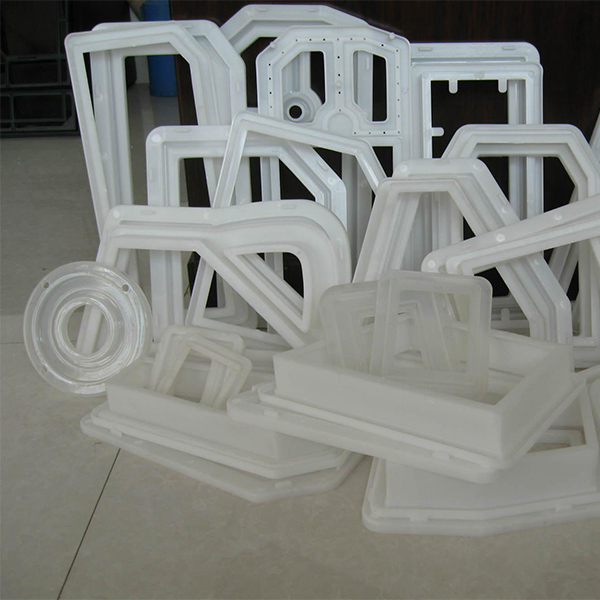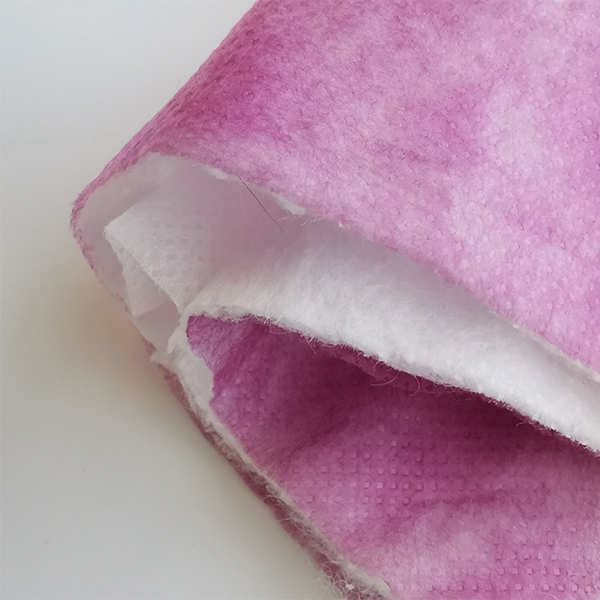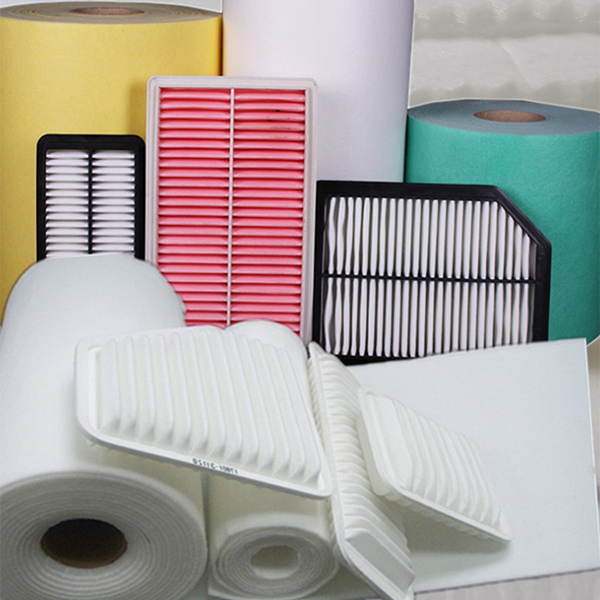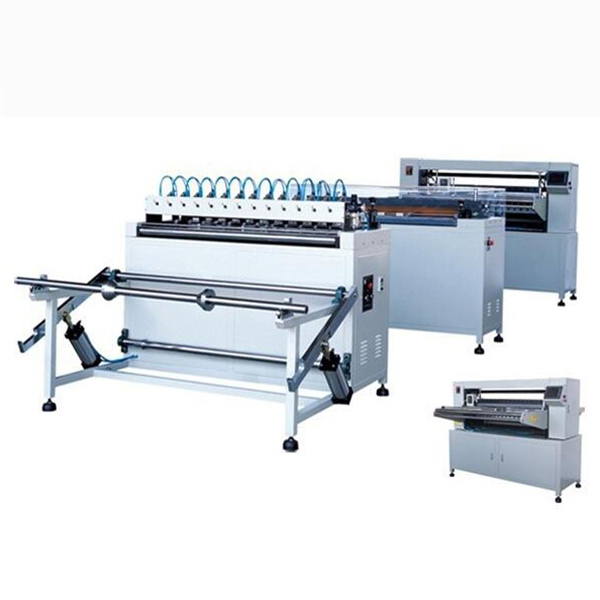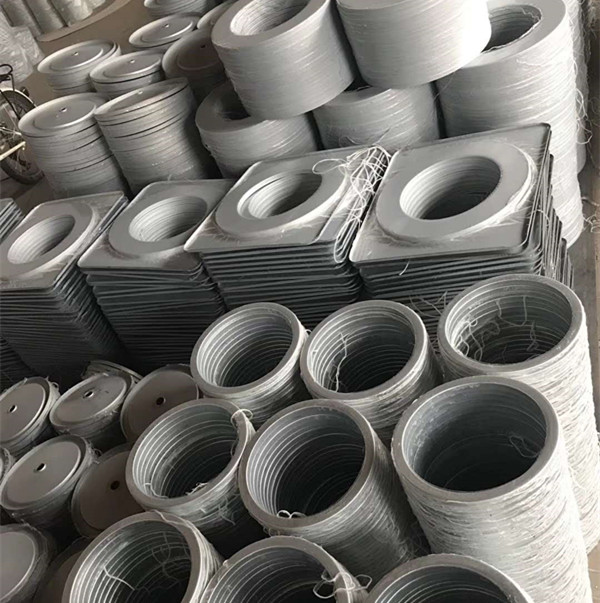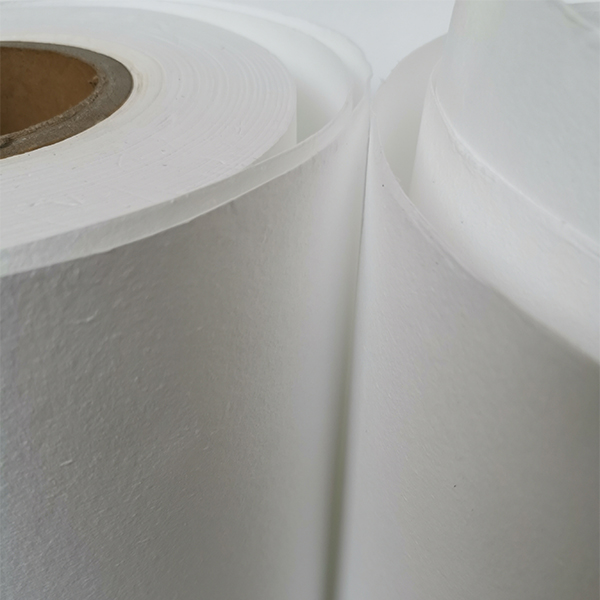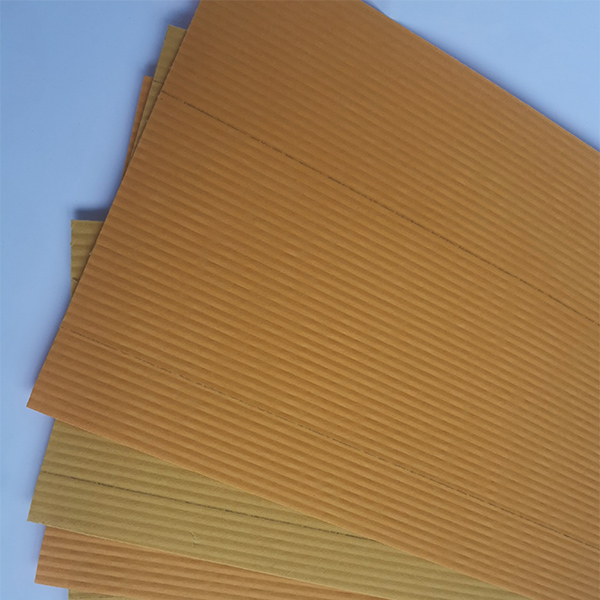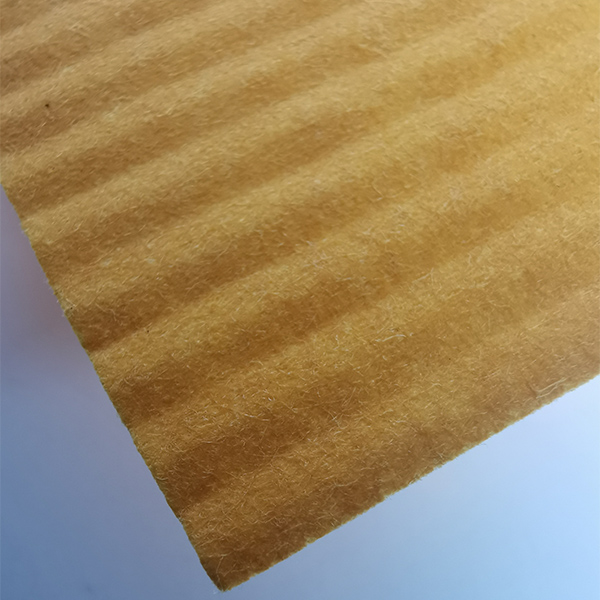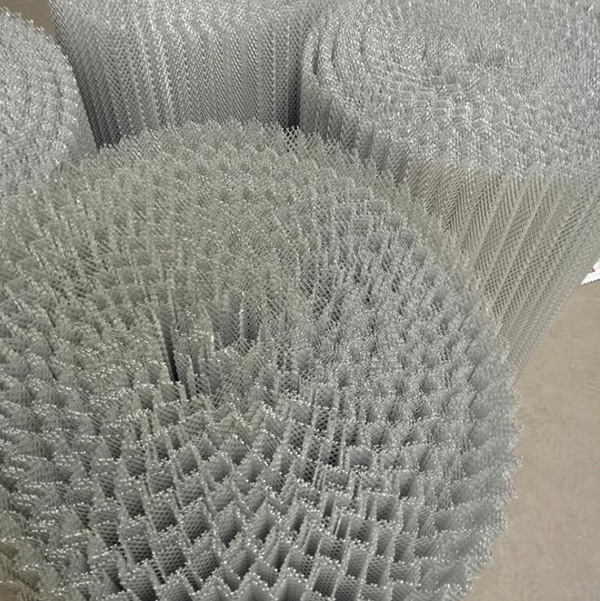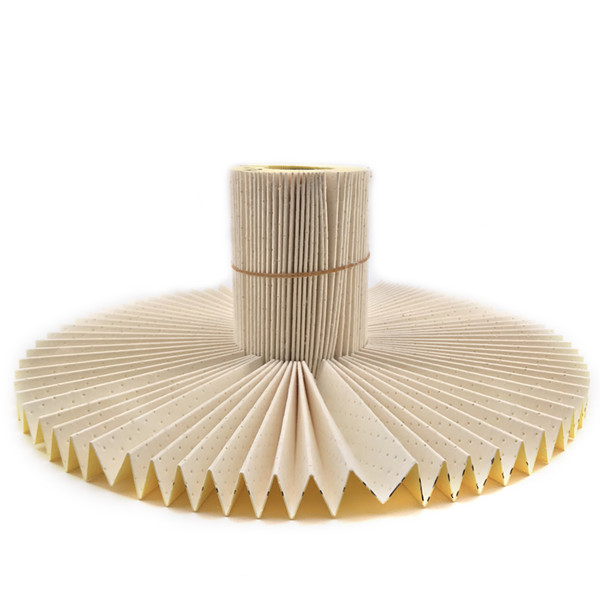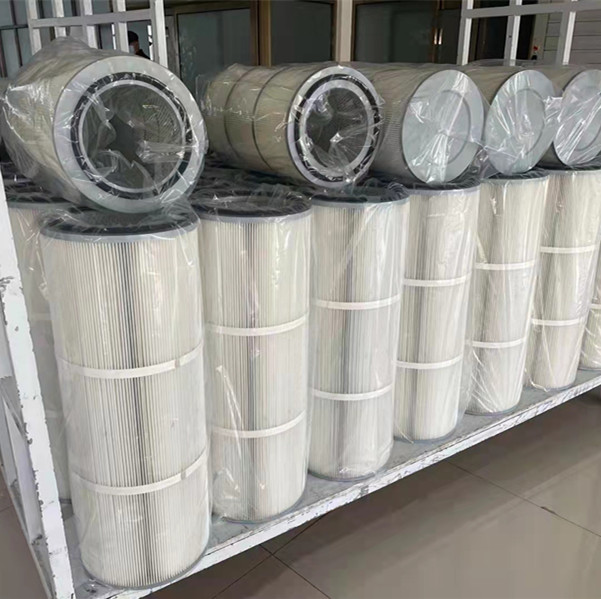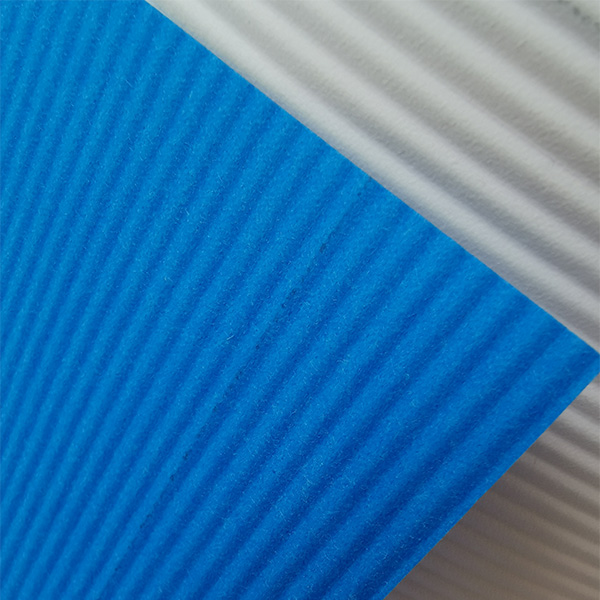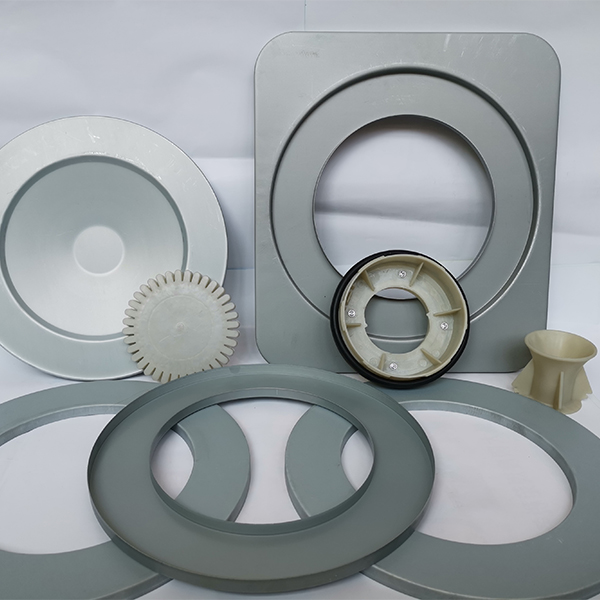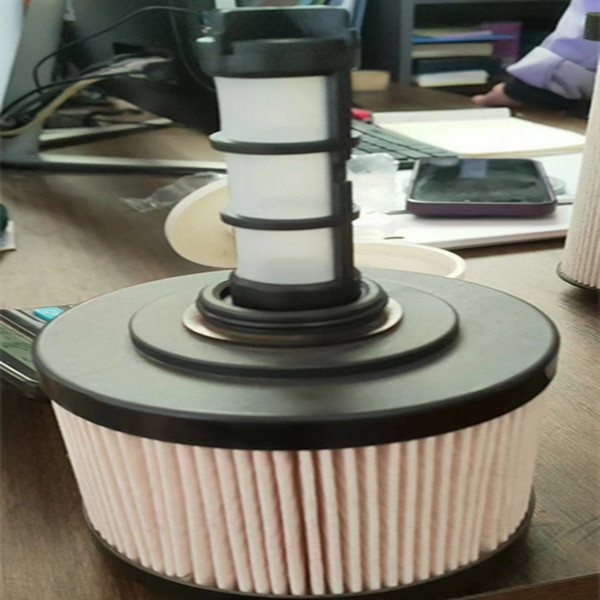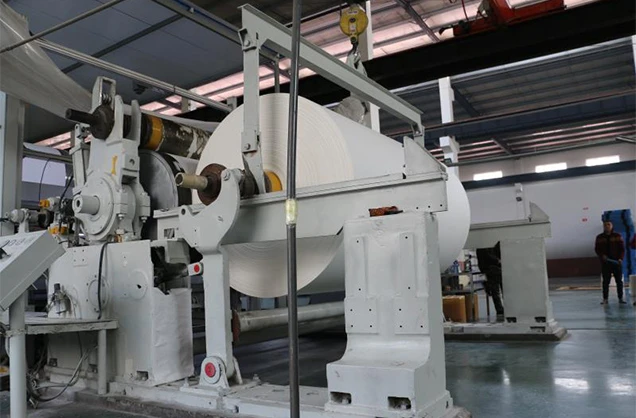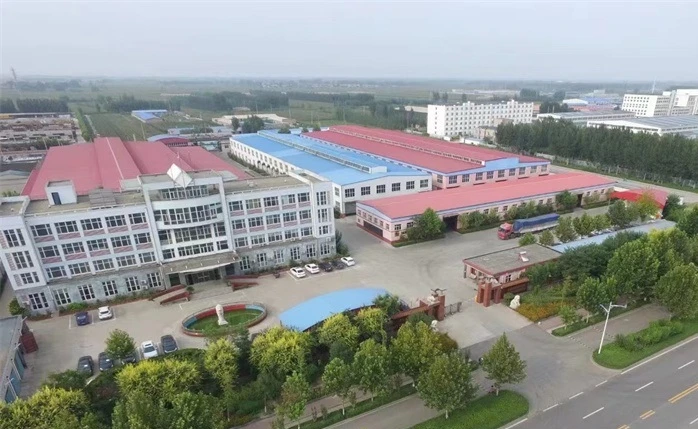In the era of deadly airborne viruses, air purification equipment has now shown various shapes and sizes. At last month’s Consumer Electronics Show CES, the company introduced a new portable air filter device for your bedside, cup holder, table top, meeting room, and even hanging around your neck. Although each of these devices can purify the air, the problem is that none of them can ventilate. Science increasingly shows that if you are serious about stopping the spread of the coronavirus, masks, social distancing and opening windows may do more than expensive electronic purification equipment.
Most air purifier designs use the same basic method. There is a filter and fan. The fan draws in and circulates air through the filter. The filters in these types of equipment are usually made of paper, fiber (usually glass fiber) or some type of net, which allows it to remove contaminants such as dust and pollen well, but cannot remove gas or less. particle. It is important to remember that the work efficiency claimed by the air purifier manufacturer is accurate after laboratory testing, but it is almost impossible to recreate the specific laboratory conditions. The location, installation, flow rate and running time of the purifier will greatly affect its working effect. Ventilation is usually a big problem. After the air is “purified”, the fan circulates it out, but the air is not ventilated to other areas of the space. Therefore, air purifiers often repeatedly purify the same air in their vicinity. The smaller the device, the greater the basic problem.
La comunitat mèdica encara no està segura de quants dispositius de purificació d'aire ajuden realment a aturar la propagació del coronavirus. No hi ha dubte que poden ajudar als al·lèrgics i que s'utilitzen durant molts anys, però filtrar els detalls de petites partícules que contenen COVID-19 és molt més difícil. Cap metge diu que els equips de purificació d'aire portàtils poden resoldre aquest problema. Els experts recomanen portar mascaretes i allunyar-se de la societat com a primera línia de defensa. És molt més fàcil assegurar-se que les partícules de COVID-19 no entrin mai a l'aire que filtrar-les després de dispersar-se. Tanmateix, la majoria dels equips de purificació d'aire no van perjudicar aquesta situació.
More useful than filtration is to increase ventilation. Studies have shown that keeping the air “fresh” is one of the best ways to stop diffusion. Known as air change, the rate at which air is completely replaced in a space is a key indicator of the level of symbiosis risk. The more changes in the air, the better. Mayo Clinic professor and researcher Dr. Mark Ereth explained in our recent “Flexible Workplace” report how much air is needed to pass through a room to help eliminate ultrafine particles such as COVID-19. In an office building, there are several times an hour every three to six minutes,” he said. There is evidence that, with the aid of a central ventilation system, air purifiers increase the air exchange rate or volume. But open the windows is also like this.
Només vull donar-te una idea. Al quiròfan, l'aire es canvia cada tres o sis minuts, mentre que a l'edifici d'oficines es canvia diverses vegades per hora.
“The most important thing to consider when buying an air filter is whether the space you want to use in it already has good ventilation-then the air filter won’t increase too much,” Dr. Shelly Miller, an environmental expert, Colorado An engineer at the University of Boulder told Webmd that his research focuses on the spread of airborne diseases.
Per ser precisos, és difícil estudiar com obrir una finestra per canviar la ventilació. El flux d'aire en un espai interior és difícil de modelar o fins i tot de predir. El millor model d'edifici del món és difícil de resoldre el problema de l'obertura de finestres perquè el sistema de flux d'aire és molt complicat. El més important, obrir finestres pot ser tan eficaç com els purificadors d'aire, o fins i tot més eficaç. Diluir l'aire interior que pot contenir COVID-19 amb aire exterior lliure de virus reduirà la concentració del virus a l'aire, reduint així la possibilitat d'infecció. Els investigadors encara estan lluitant per esbrinar quanta ventilació i quin tipus és millor. Simplement no hi ha prou consens a la comunitat mèdica.
Columbia University virologist Angela Rasmussen told Vox: “There is no perfect “safe” level of ventilation because we actually don’t know what “safe” is because we don’t know how much exposure will cause spread.”
No tenir totes les respostes no és ideal, però és millor que fingir tenir respostes. Ser honest sobre què pot funcionar o no pot ajudar la gent a prendre millors decisions personals sobre com mantenir-se segur. Com molts caps relacionats amb els purificadors d'aire, els caps no. En el millor dels casos, es poden confondre amb una sensació de seguretat. En el pitjor dels casos, els ionitzadors, els generadors de plasma i els precipitadors electrostàtics poden produir perills positius. Aquests dispositius carreguen partícules perquè s'enganxin a la superfície en lloc de surar a l'aire, produint així ozó com a subproducte.
ASHRAE, a professional association that specializes in setting standards for ventilation and air-conditioning, said that when using equipment that may generate large amounts of ozone (respiratory tract irritant) as a by-product of its operation, “must be extra careful.” HEPA and ASHRAE recommend avoiding the use of any air purification devices that produce ozone as a by-product of cleaning indoor air in living spaces.
Les millors pràctiques per a l'aire net giren al voltant de la ventilació. En una oficina moderna, obrir finestres pot no ser factible per molts motius. Normalment, les finestres no es poden obrir. En aquest cas, podeu garantir l'ús de dispositius de filtració d'aire d'alta qualitat. Com que la filtració d'aire no basada en ozó no produeix efectes secundaris nocius, els únics desavantatges dels equips de filtració d'aire portàtils són el cost i el soroll. La taxa de transferència d'aire net (CADR) d'un dispositiu us indica la major part de la seva eficàcia. Aquesta qualificació té en compte l'eficiència del filtre i la potència del ventilador per determinar la quantitat d'aire que passa pel filtre. Com més alt sigui el CADR, més gran serà l'espai de purificació. Comprar l'equip adequat només és determinar la mida de l'habitació adequada. Recordeu que com més gran sigui el dispositiu, més fort farà circular l'aire el ventilador i més fort serà el so. En un entorn d'oficina, cal tenir en compte molt de soroll. El preu d'un purificador d'aire HEPA d'alta qualitat comença al voltant dels 200 dòlars, i el seu preu augmenta a mesura que augmenta el nivell CADR. Algunes persones fins i tot construeixen els seus propis purificadors d'aire lligant filtres MERV a ventiladors de caixa per menys de 30 dòlars.
Quan es tracta d'equips amb requisits mèdics, sempre és important separar la realitat de la ficció i beneficiar-se del màrqueting. Els fabricants de productes que esperen beneficiar-se de l'enorme demanda d'equips de mitigació de la COVID-19 han inundat el mercat amb equips portàtils de purificació d'aire. Els experts creuen que els equips d'alta qualitat no es veuran perjudicats. De fet, és possible fabricar purificadors d'aire gastant centenars o fins i tot milers de dòlars en equips de purificació d'aire, però potser no sabrem mai quants. Una millor resposta és portar una mascareta i, si és possible, obrir la finestra.
Propmodo explica i defineix tendències per als professionals del sector immobiliari comercial combinant notícies, investigació, esdeveniments i serveis de màrqueting.
• We believe that the future will be defined by leaders who understand the general environment of the real estate industry.
• We believe that the commercial future of real estate lies at the intersection of technology and marketing.
• We believe that the creative future of real estate lies in the intersection of user experience and design.
Post time: març-16-2021

